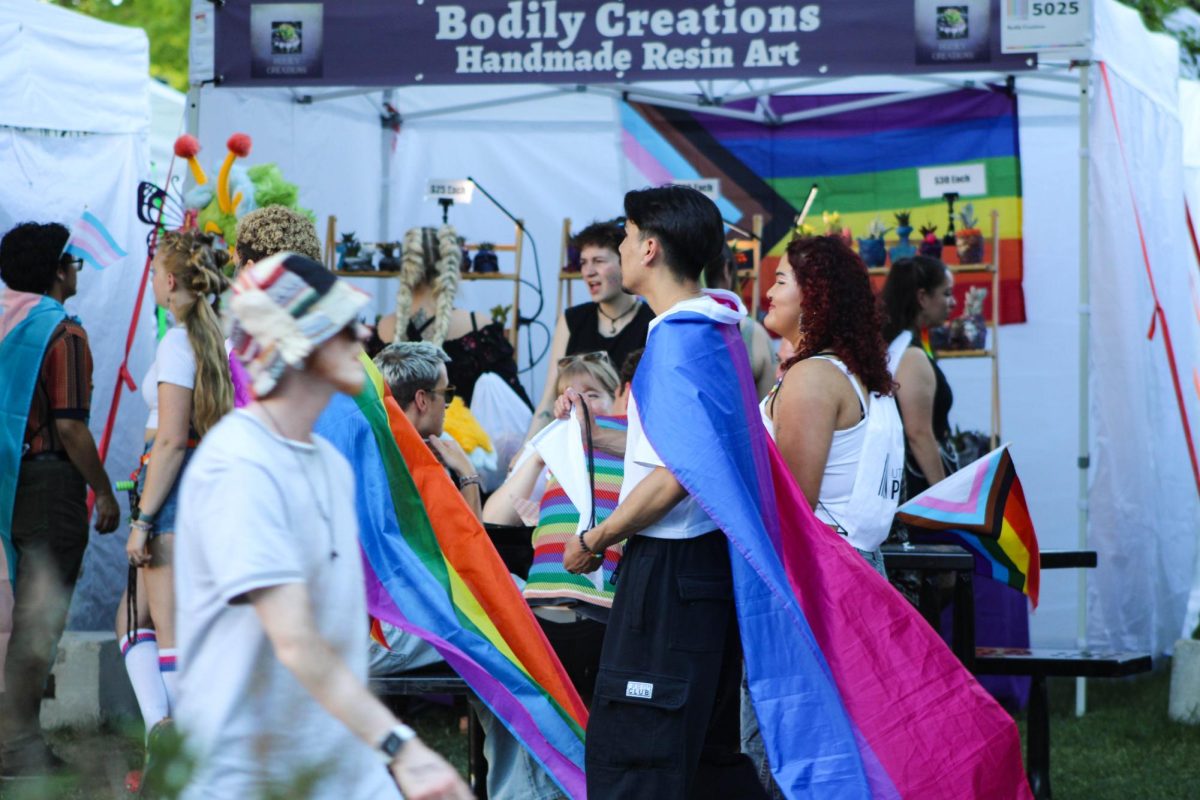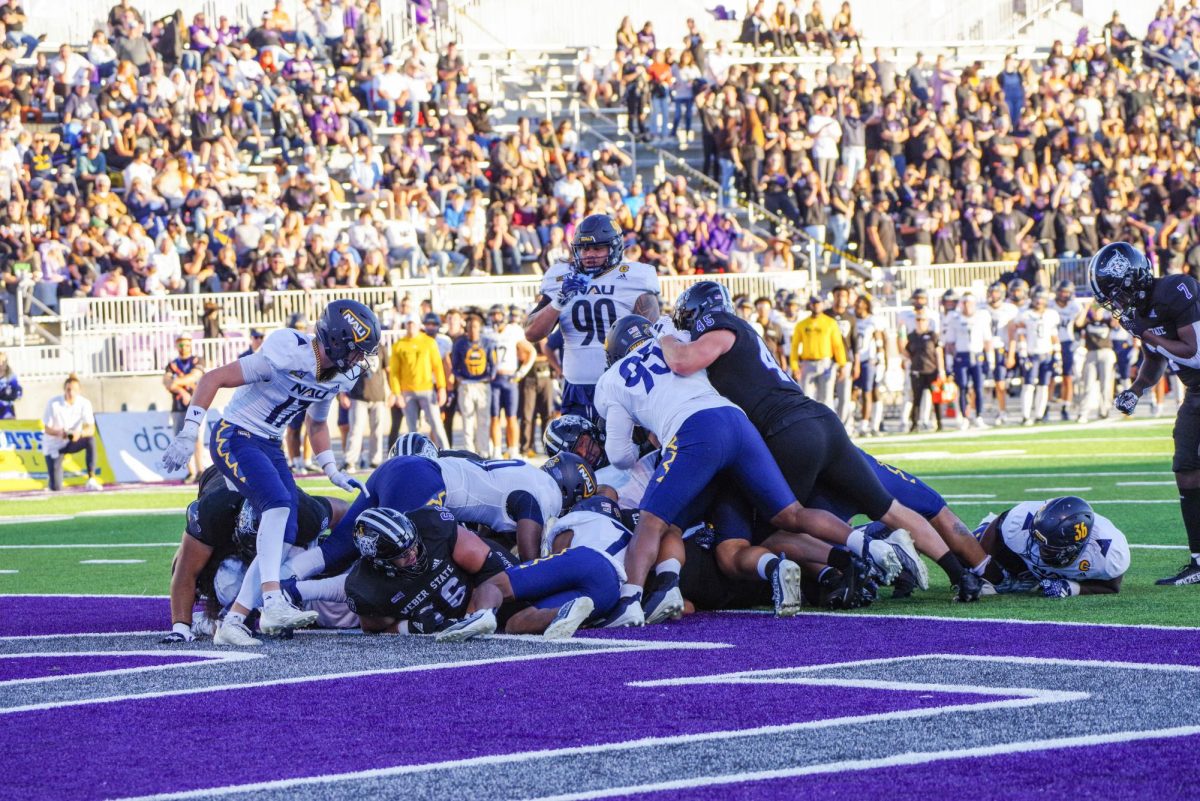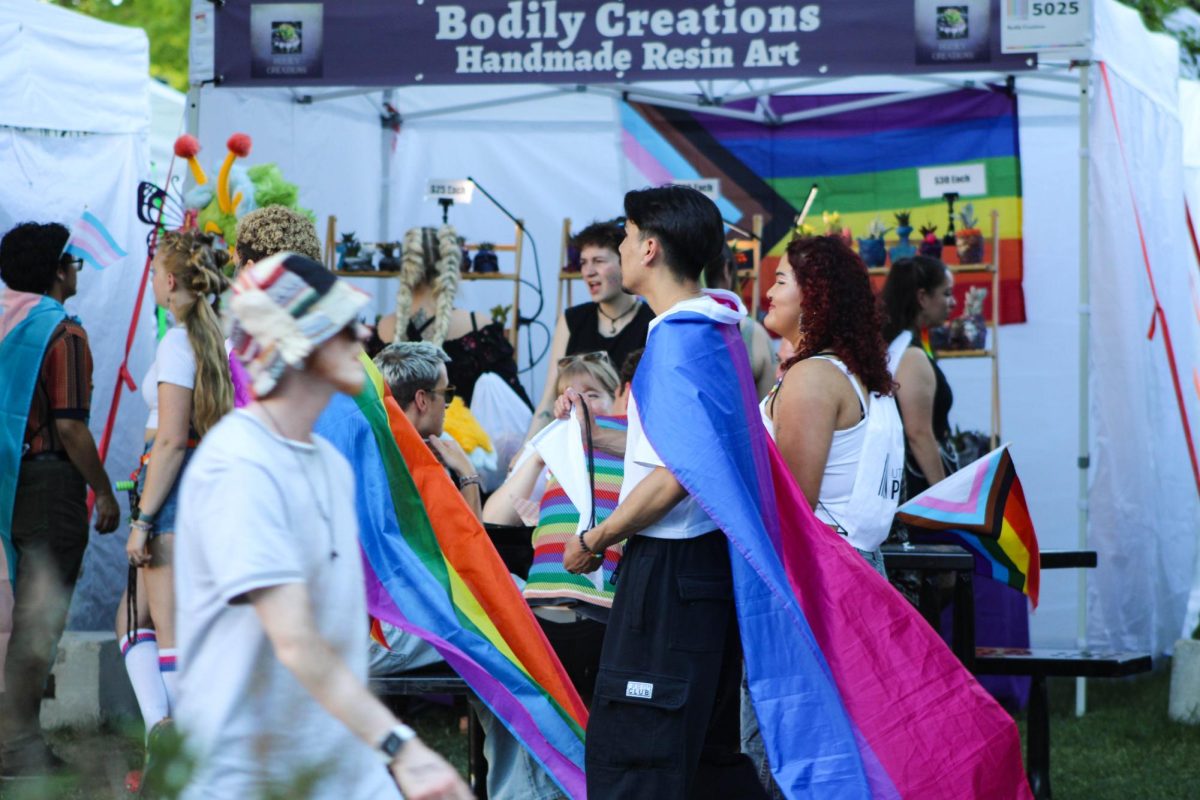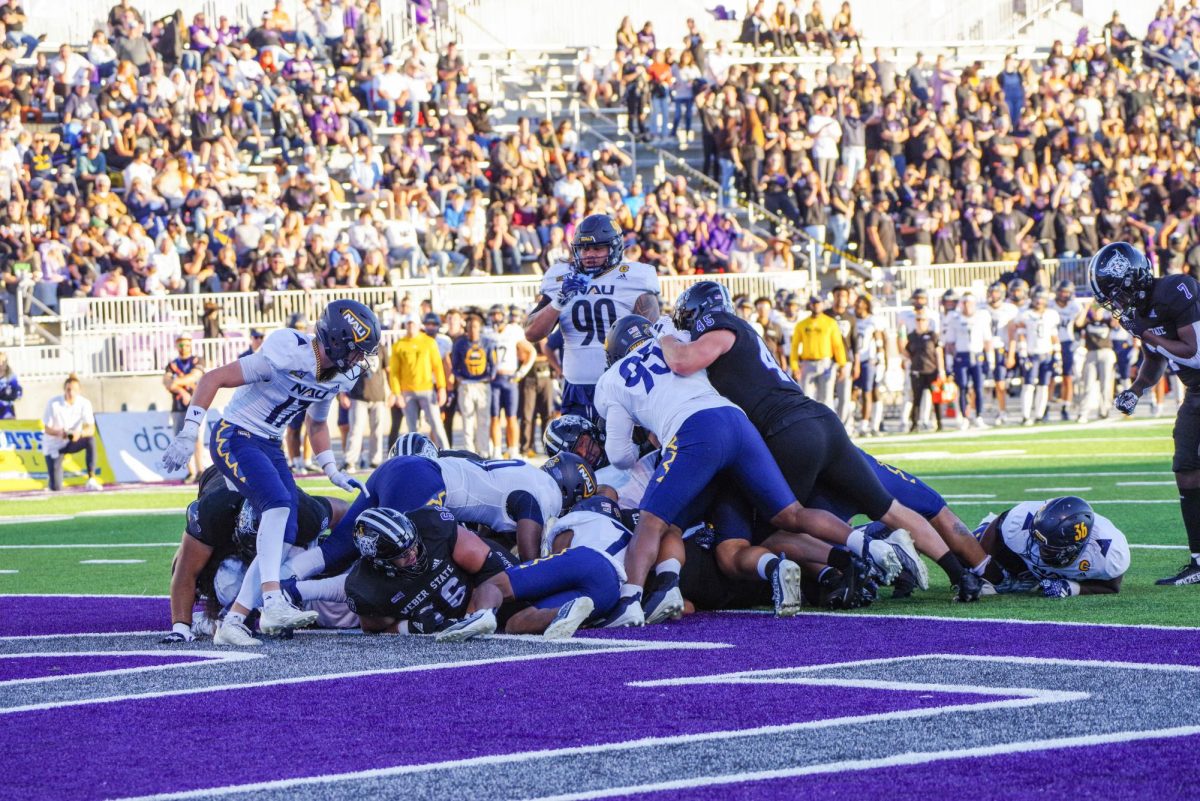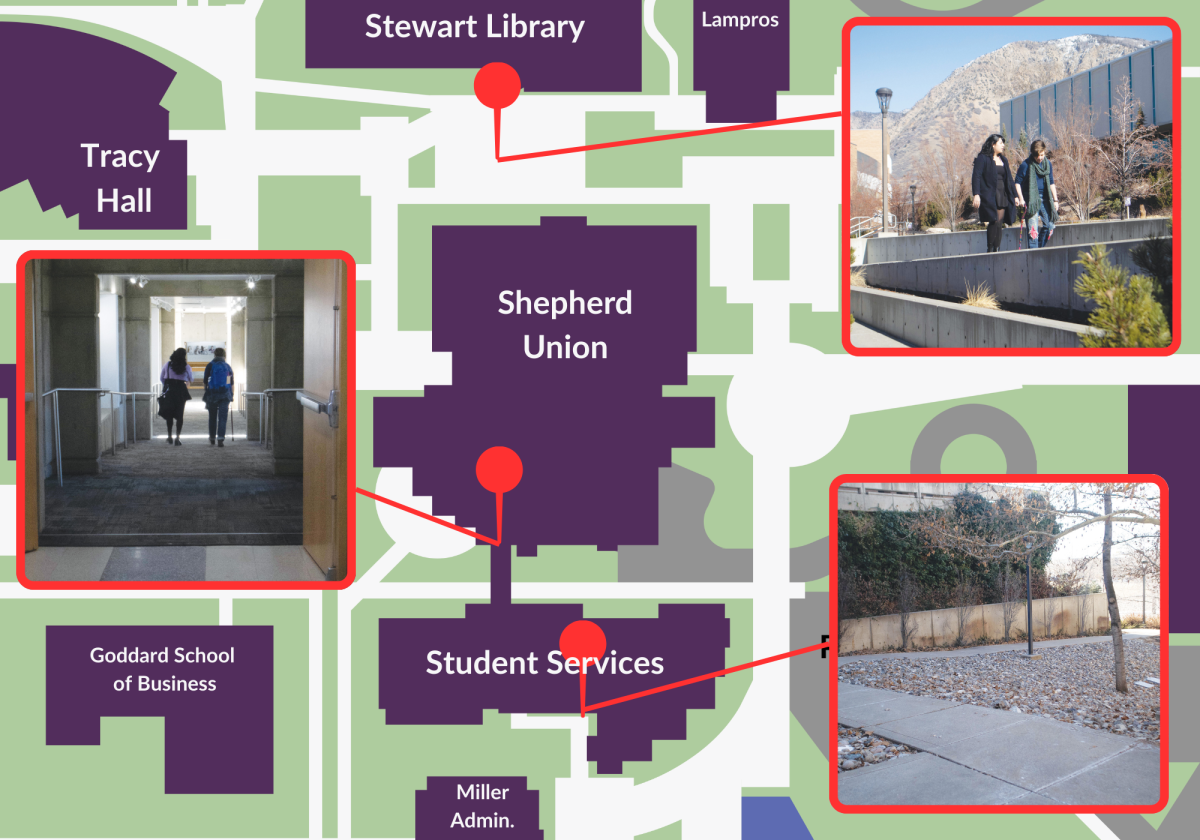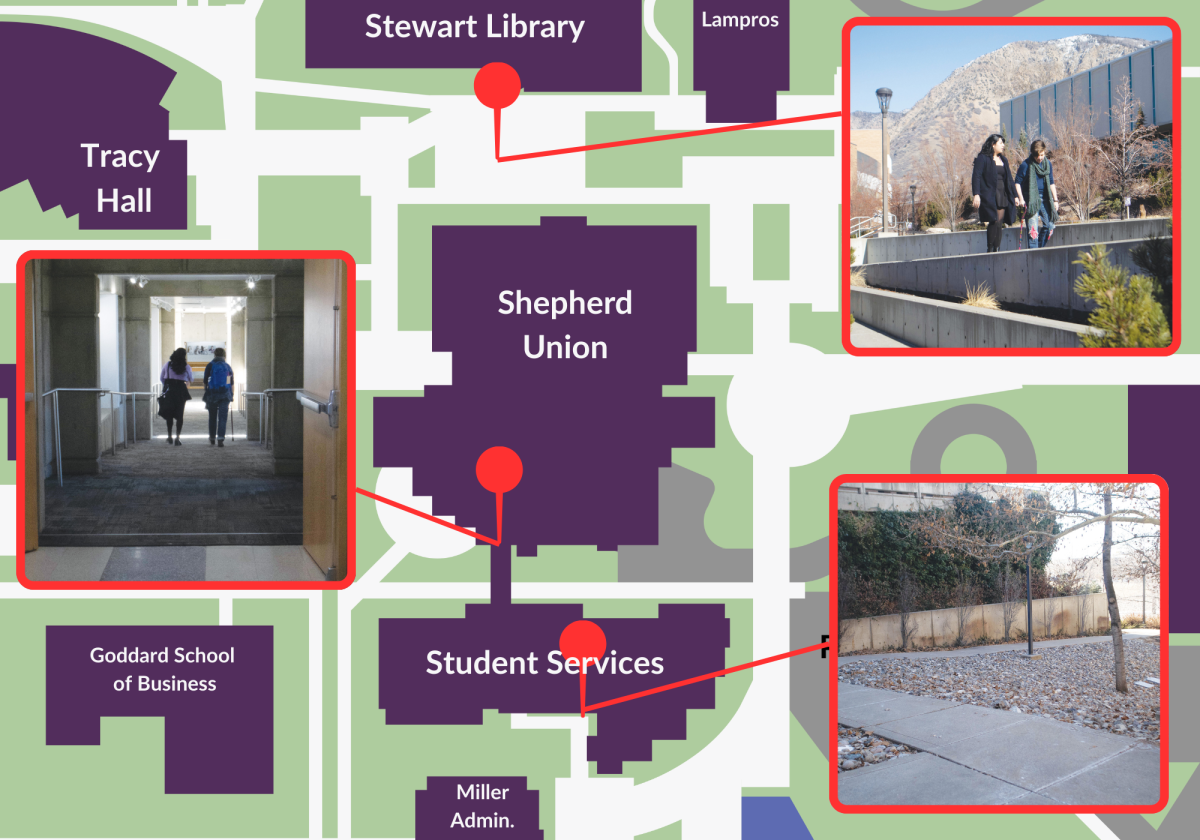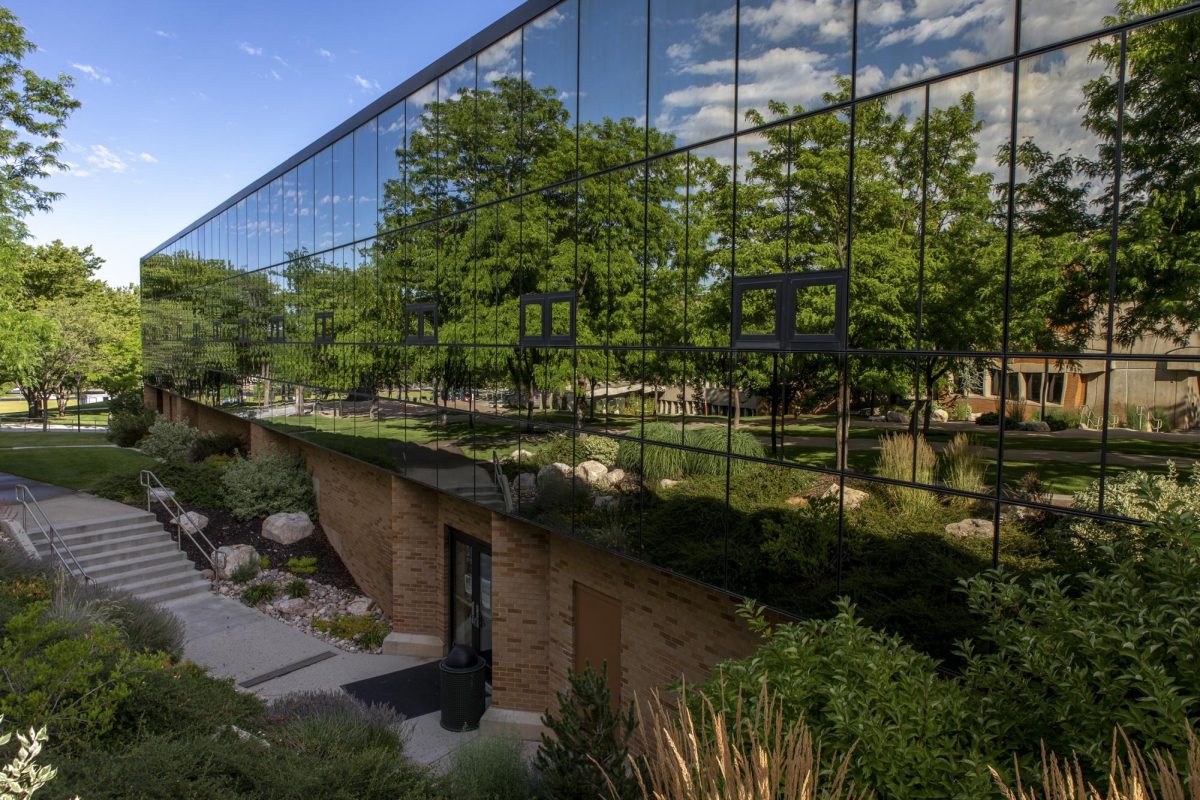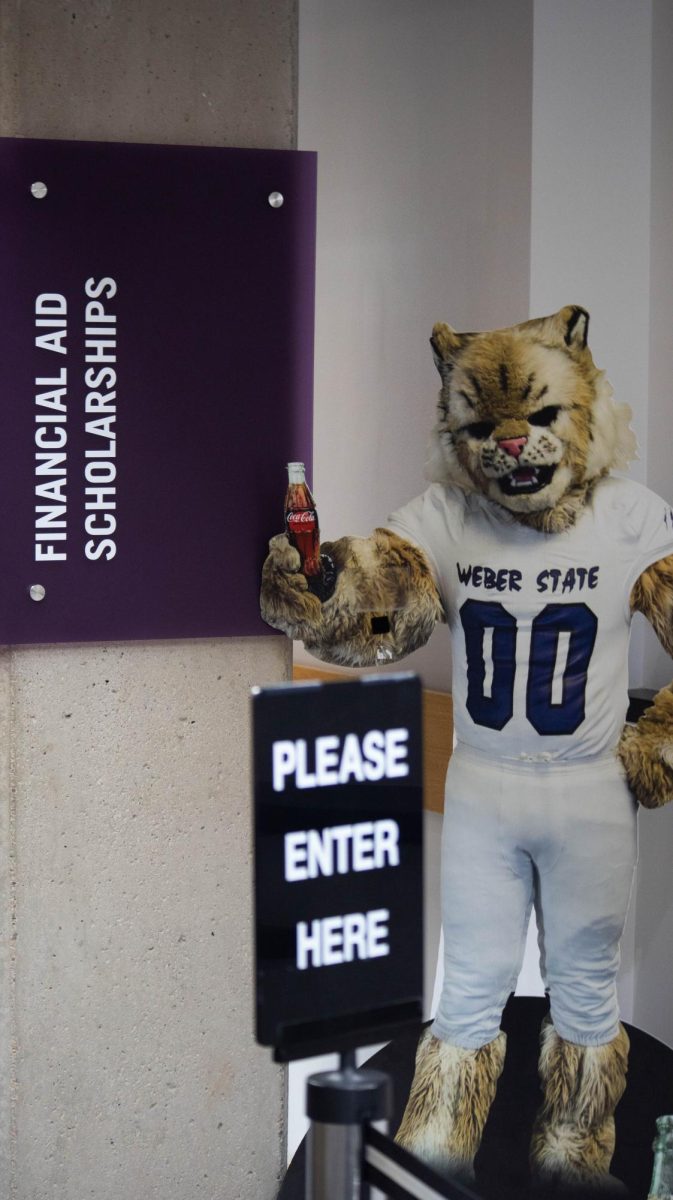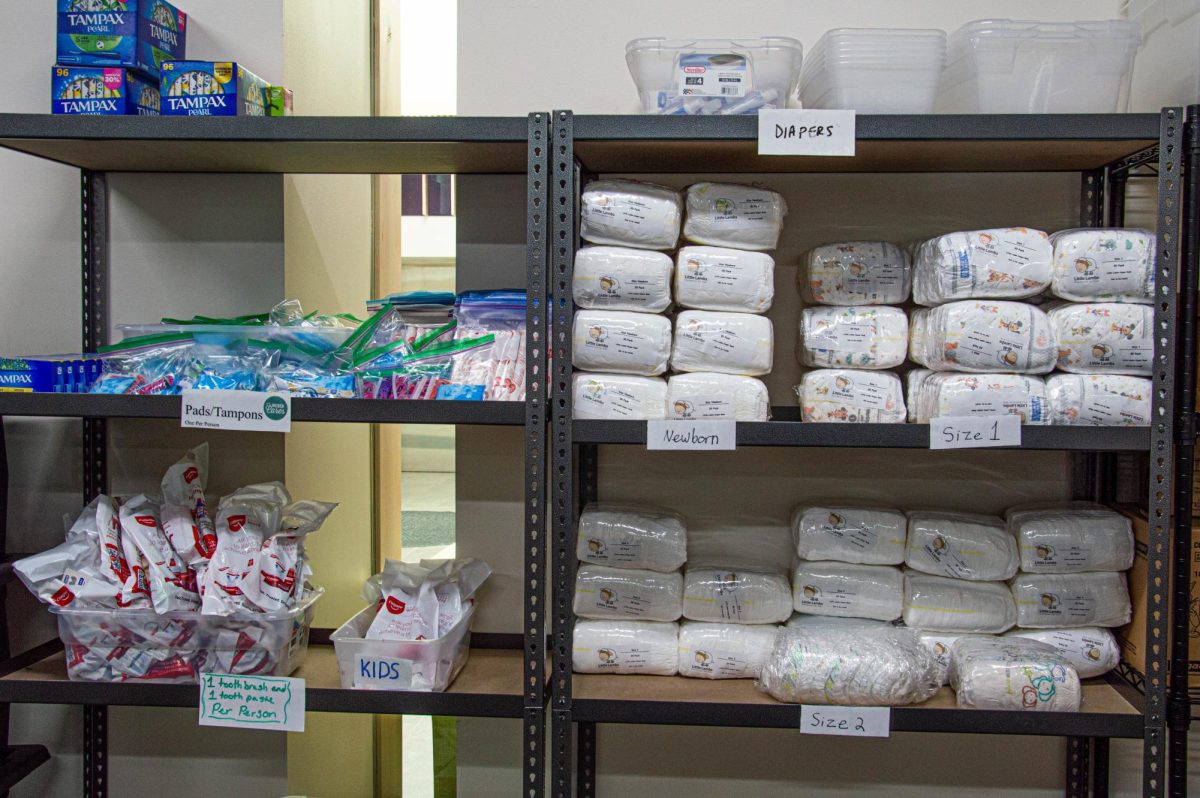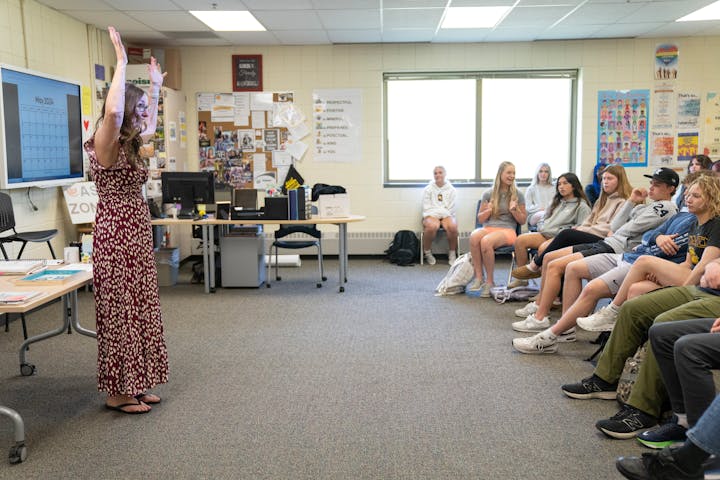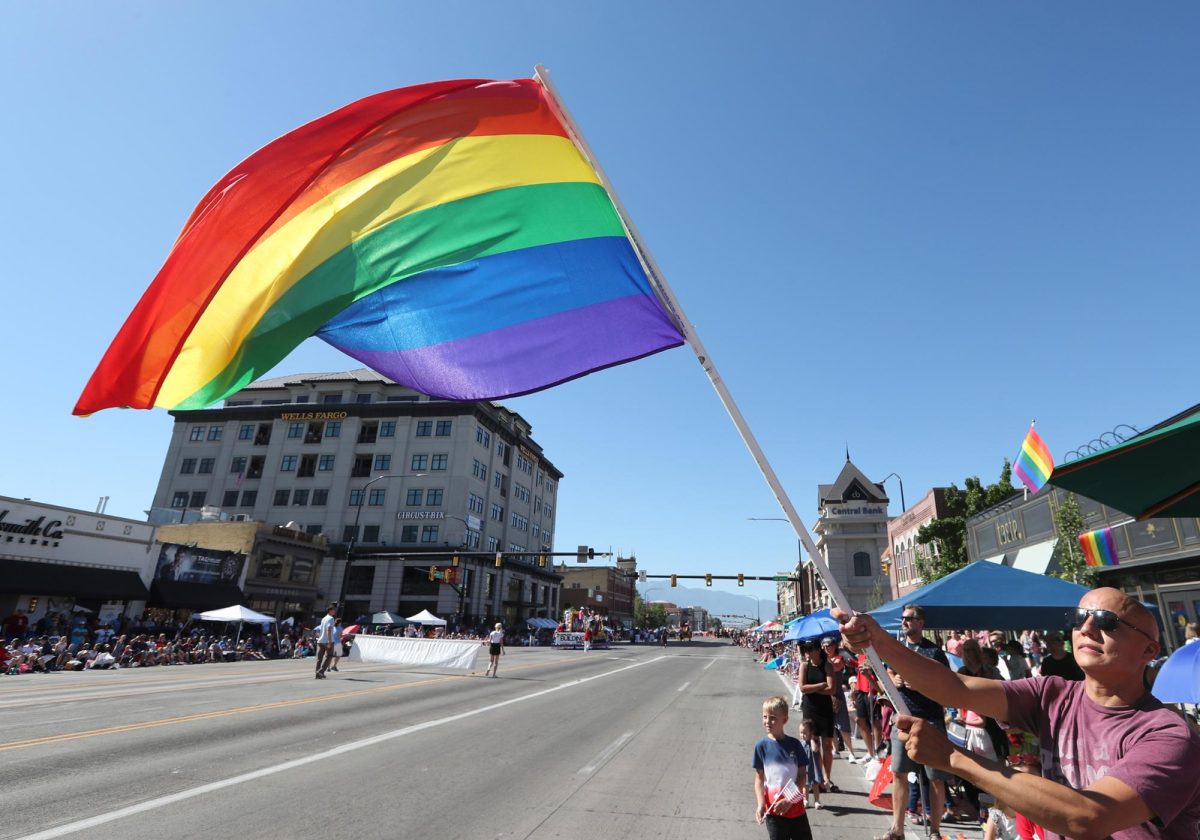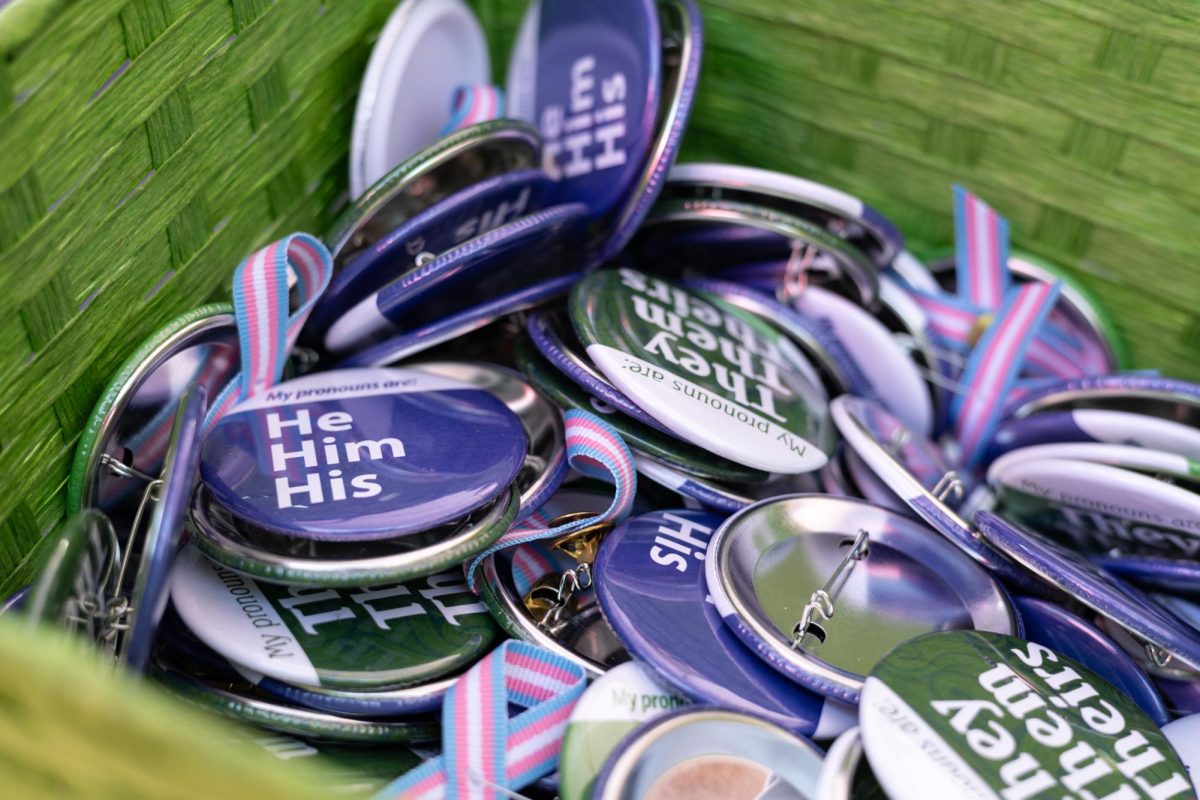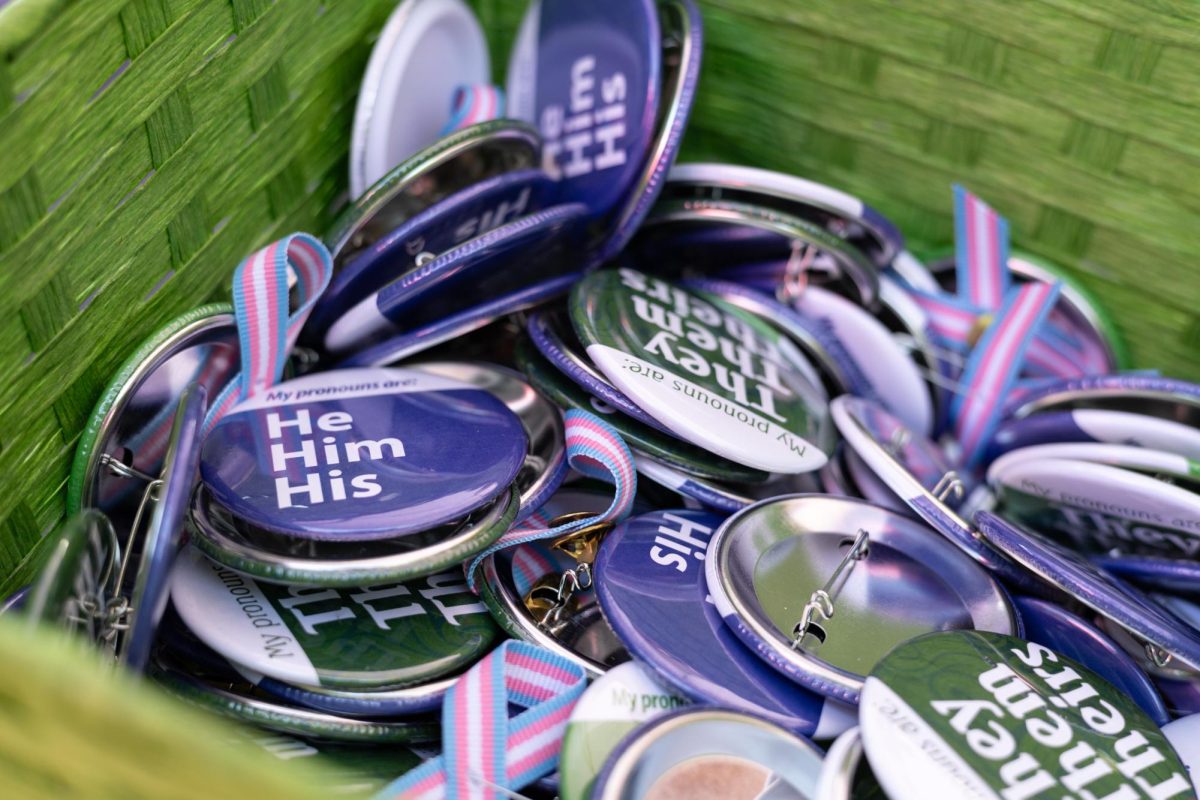A new Sustainability Center was completed on Monday, Aug. 27 in the Shepherd Union Building to show students how the building’s waste management

works and how it affects energy usage at Weber State University.
“What we’re trying to do in the union is add to the effort that we’re doing in regard to sustainability overall,” said Bill Fruth, director of the SUB. “We’re a place where a lot of things happen.”
Fruth said there will be a monitor at the center to show how the energy is being used through the solar panels.
“It really goes into the overall grid of Weber State,” Fruth said.
According to Fruth, students can learn through the Sustainability Center how to contribute to managing waste.
“It’s meant to be a resource, and it demonstrates our values,” Fruth said.
There are bins at the center for cell phones, textbooks, batteries, plastic waste, cans and other recyclable materials. The union building has undertaken recycling programs and is using more hand dryers in bathrooms to reduce waste. There are solar panels on the outside of the south part of the building to sustain energy as well.
Chad Mosher, associate director of scheduling events and conferences, put in the idea of the Sustainability Center and designed it .
“Overall, people have been good to use the recycling bins, so we just wanted to make it easier for the students,” Mosher said.
The union building is purchasing new recycling bins that will stand out and make it easier for students to know what to throw away and what they can recycle.
“We wanted to create that one-stop shop or one-stop recycle for students to take care of their old items,” Mosher said.
Sodexo plays a major part in waste management with its new compost bin and a new program called Lean Path, a program that weighs and monitors food waste that food services produce.
“There are three different opportunities for food waste to go; it can go into the trash, into our compost system, or it can be donated,” said Jessica Alford, director of Sodexo.
Lean Path stores all the data on a USB drive and provides reports of where the waste is coming from and why. Alford said they are able to see some trends and make adjustments to reduce waste. Alford said other universities using the program have shown a 40 percent decrease in food waste.
The composting program is preconsumer waste only. It is an earth tub that runs itself with little smell and pest control. The compost is then used as fertilizer mulch on the grounds of WSU.
“I’m hoping it will turn into more a community-based project,” Alford said.
The composting is a project between the union, Facilities Management and Sodexo. Alford said it’s really a combined effort. More information about the composting program is available at the Sustainability Center. Events and lectures about energy management shown on the monitor will soon be put up at the center. Brochures will be on the desk to show different ways of energy management.
Alford said clubs and organizations will have information and opportunities to get involved.
“Students can not just be a bystander, but they can get involved, too,” Alford said.
The Sustainability Center is located in the Atrium between the information desk and the Copy Center with a painting of the earth on the wall and a mission statement on saving energy.




